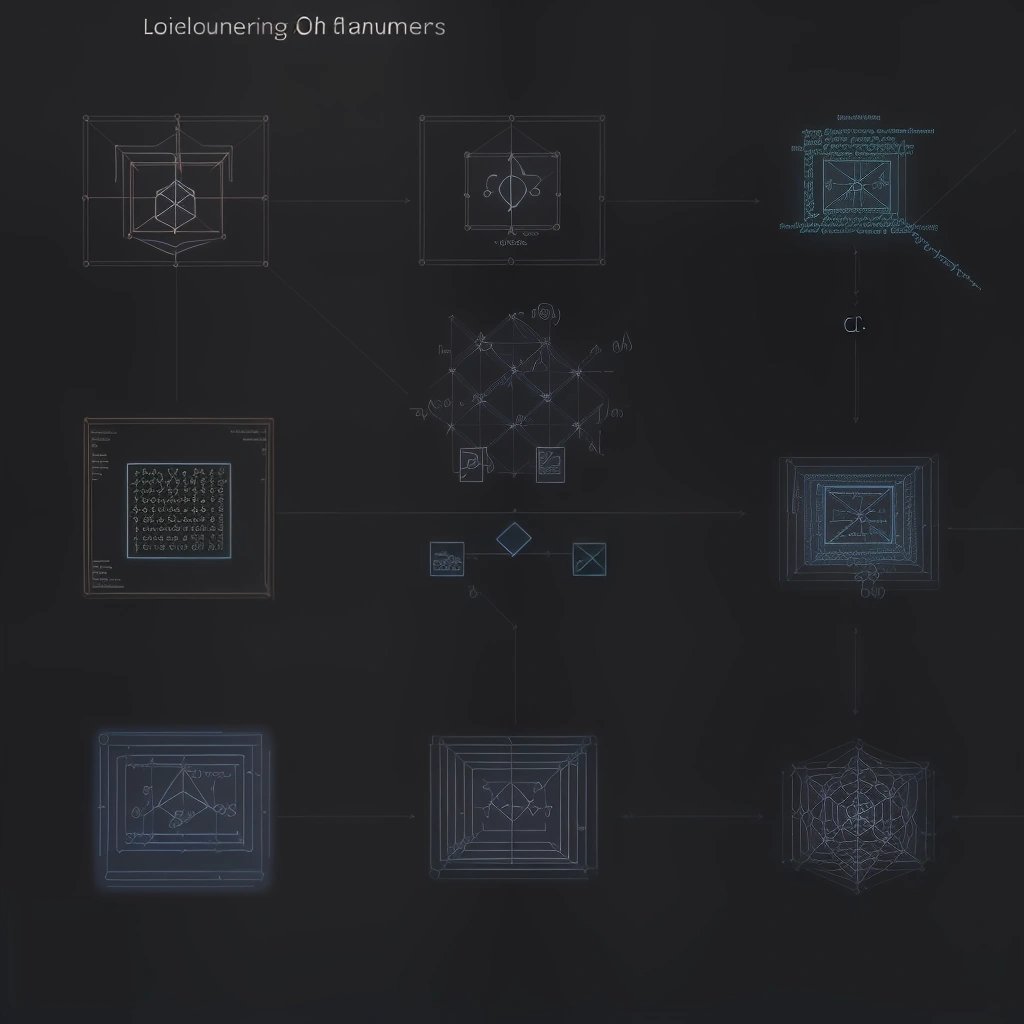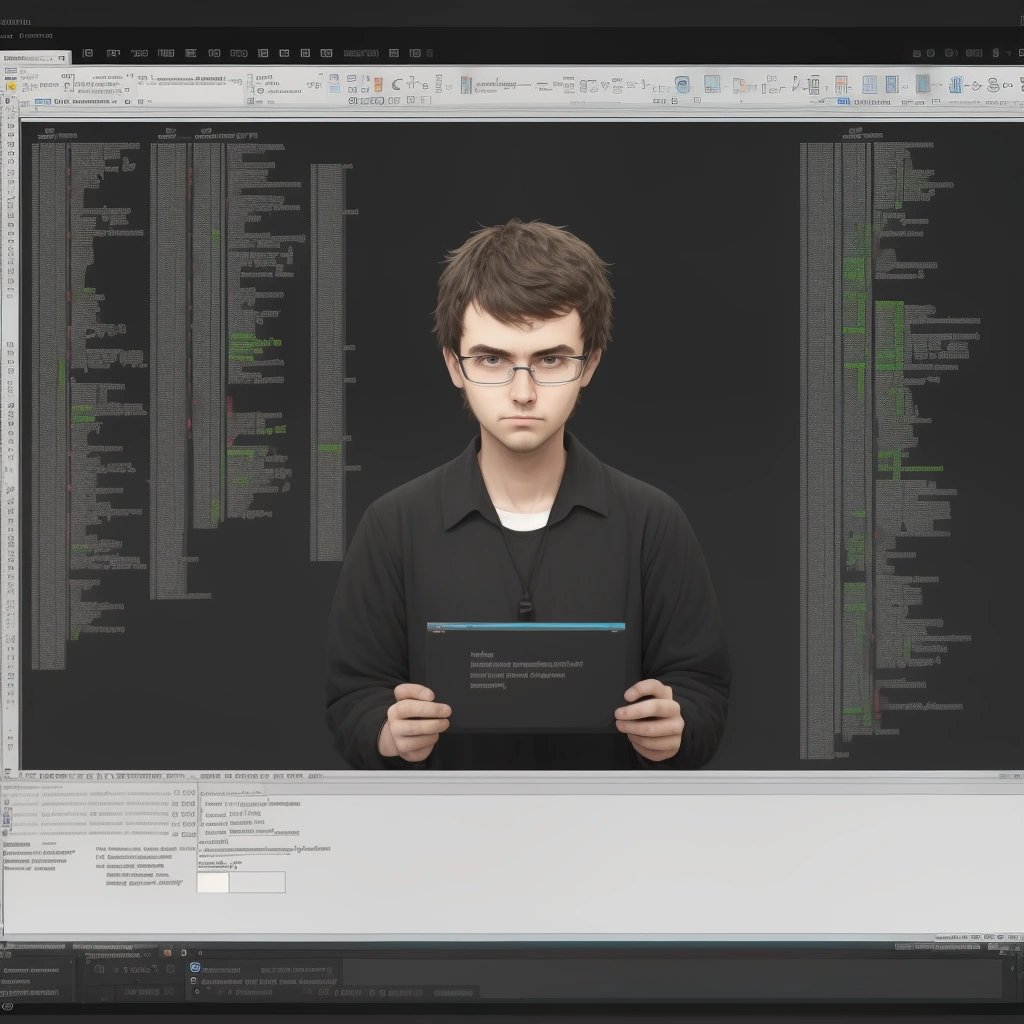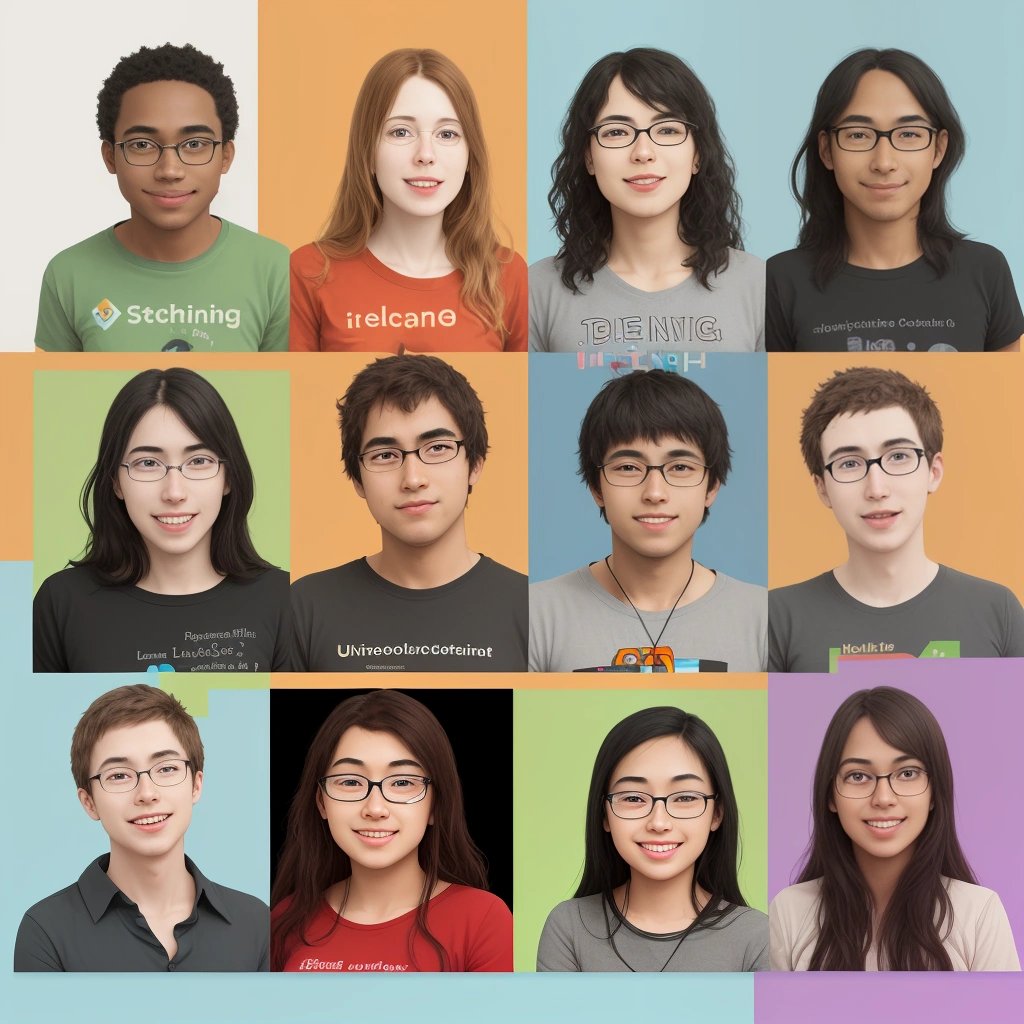In a groundbreaking study that combines personality psychology with computer programming, researchers have set out to answer the age-old question: does your favorite programming language reflect your personality type? Prepare to be astounded as we dive into the fascinating world of MBTI personality types and their programming language counterparts.
The Myers-Briggs Type Indicator (MBTI), developed by mother-daughter duo Katharine Cook Briggs and Isabel Briggs Myers, is a widely used personality assessment that categorizes individuals into 16 distinct personality types. Each type is characterized by a unique combination of four key dimensions: extraversion (E) or introversion (I), sensing (S) or intuition (N), thinking (T) or feeling (F), and judging (J) or perceiving (P).
Now, brace yourself for the mind-blowing connections between MBTI personality types and programming languages. Can it be true that introverted individuals tend to gravitate towards one language while extroverted individuals prefer another? Let's find out.
Starting with the extraversion (E) and introversion (I) dimension, it appears that introverted programmers often find solace in languages that allow them to dive deep into complex problem-solving. Enter the world of functional programming languages, such as Haskell and Lisp. These languages, with their focus on abstract concepts and mathematical functions, are a perfect match for introverted individuals who enjoy spending hours meticulously crafting elegant solutions.
On the other hand, extroverted programmers tend to flock towards languages that facilitate collaboration and communication. Look no further than web development languages such as JavaScript and Python. These languages, known for their versatility and extensive libraries, offer the social butterflies of the programming world the opportunity to work in teams and build interactive user experiences.
Moving on to the sensing (S) and intuition (N) dimension, it seems that those with a preference for intuition are drawn to languages that inspire creativity and innovative problem-solving. Enter the world of dynamic scripting languages like Ruby and PHP. These languages, with their flexible syntax and emphasis on readability, provide intuitive programmers with the freedom to think outside the box and find unique solutions to complex problems.
On the other hand, those who lean towards sensing tend to favor languages that prioritize practicality and efficiency. Take the world of compiled languages such as C++ and Java, for example. These languages, with their focus on performance and low-level manipulation, are a perfect match for detail-oriented programmers who value precision and control.
Next up, the thinking (T) and feeling (F) dimension. Programming languages that embody logic and rationality have a strong appeal for those who lean towards thinking. Enter the world of languages like C# and Swift. These languages, with their emphasis on logical structures and systematic thinking, provide thinking programmers with the tools to create robust and efficient solutions.
Meanwhile, feeling individuals often find themselves drawn to languages that allow for creativity and human-centered design. Meet the world of front-end development languages like HTML and CSS. These languages, with their focus on visual design and user experience, provide feeling programmers with the opportunity to create beautiful, intuitive interfaces that prioritize user engagement.
Last but not least, the judging (J) and perceiving (P) dimension. Those with a preference for judging tend to favor languages that emphasize structure and order. Enter the world of statically typed languages like Java and C#. These languages, known for their strict rules and predefined structures, offer judging programmers a sense of stability and predictability.
On the other hand, perceiving individuals often find themselves drawn to languages that allow for flexibility and adaptability. Welcome to the world of scripting languages like Python and JavaScript. These languages, renowned for their dynamic nature and ability to quickly prototype ideas, provide perceiving programmers with the freedom to experiment and explore different approaches.
So, dear reader, have we shattered your preconceived notions about the relationships between personality types and programming languages? It seems that there may be some truth to the idea that our personal preferences extend beyond our everyday lives and into the realm of computer programming.
Remember, though, that these connections are based on general patterns and should not be taken as definitive truths. At the end of the day, what truly matters is finding a programming language that sparks your passion and aligns with your coding goals.
Whether you identify as an introverted functional programmer or an extroverted web developer, may your programming journeys be filled with curiosity, growth, and the perfect language to express your unique coding style.









